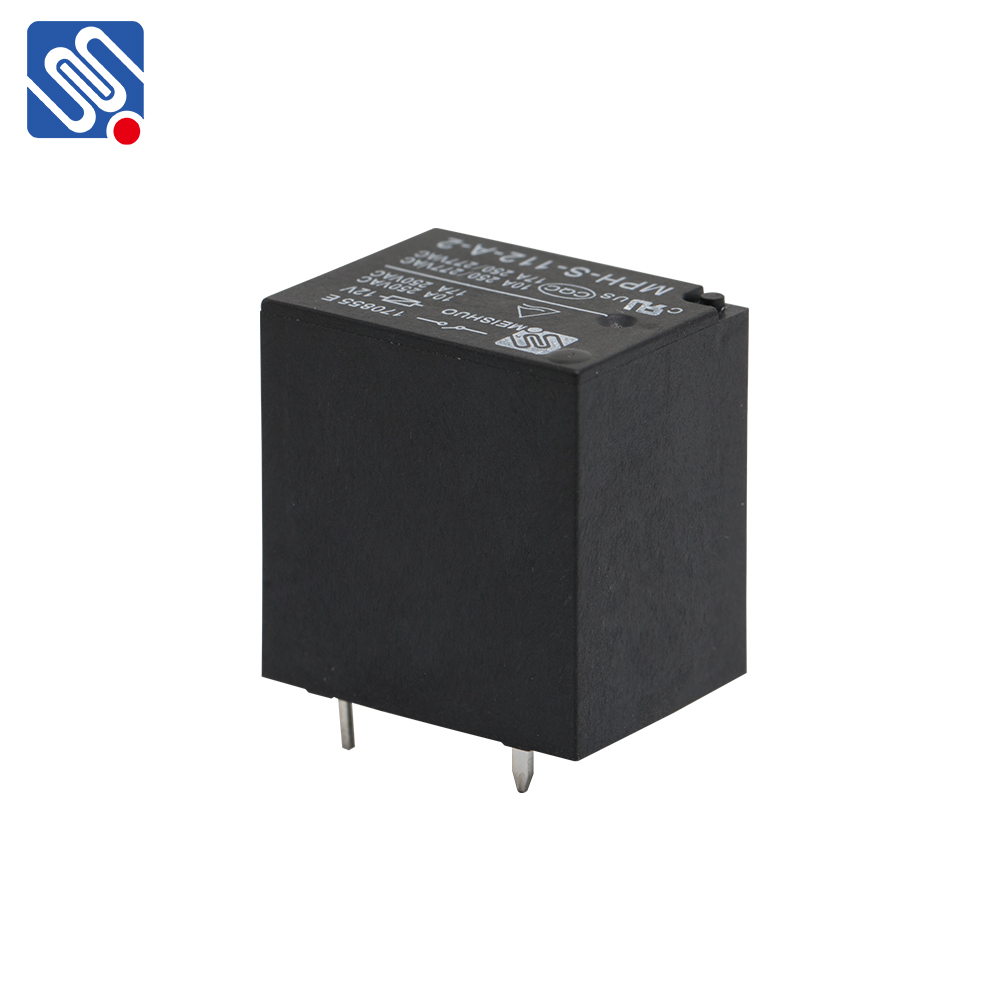

Relays are essential electrical components used in a wide variety of circuits to control the flow of current. They act as electrically operated switches that can open or close contacts in response to an electrical signal. Whether used in automation systems, automotive applications, or industrial controls, understanding relay specifications is crucial for selecting the right relay for a specific application. This article explores the key factors and considerations to keep in mind when evaluating relay specifications.

Solid-State Relays (SSR): These relays use semiconductor components to perform switching without any moving parts. They are often used in applications requiring high-speed switching or where mechanical relay life cycles might be a concern.
Reed Relays: These are small electromechanical relays with contacts made of ferrous material. They are often used in communication equipment and low-power devices.